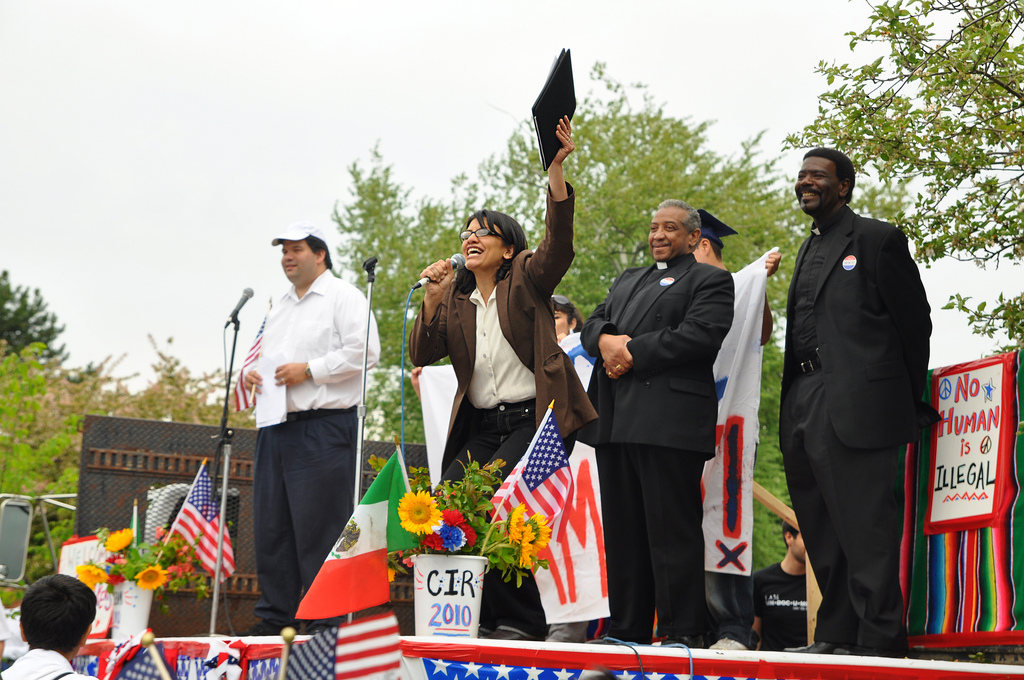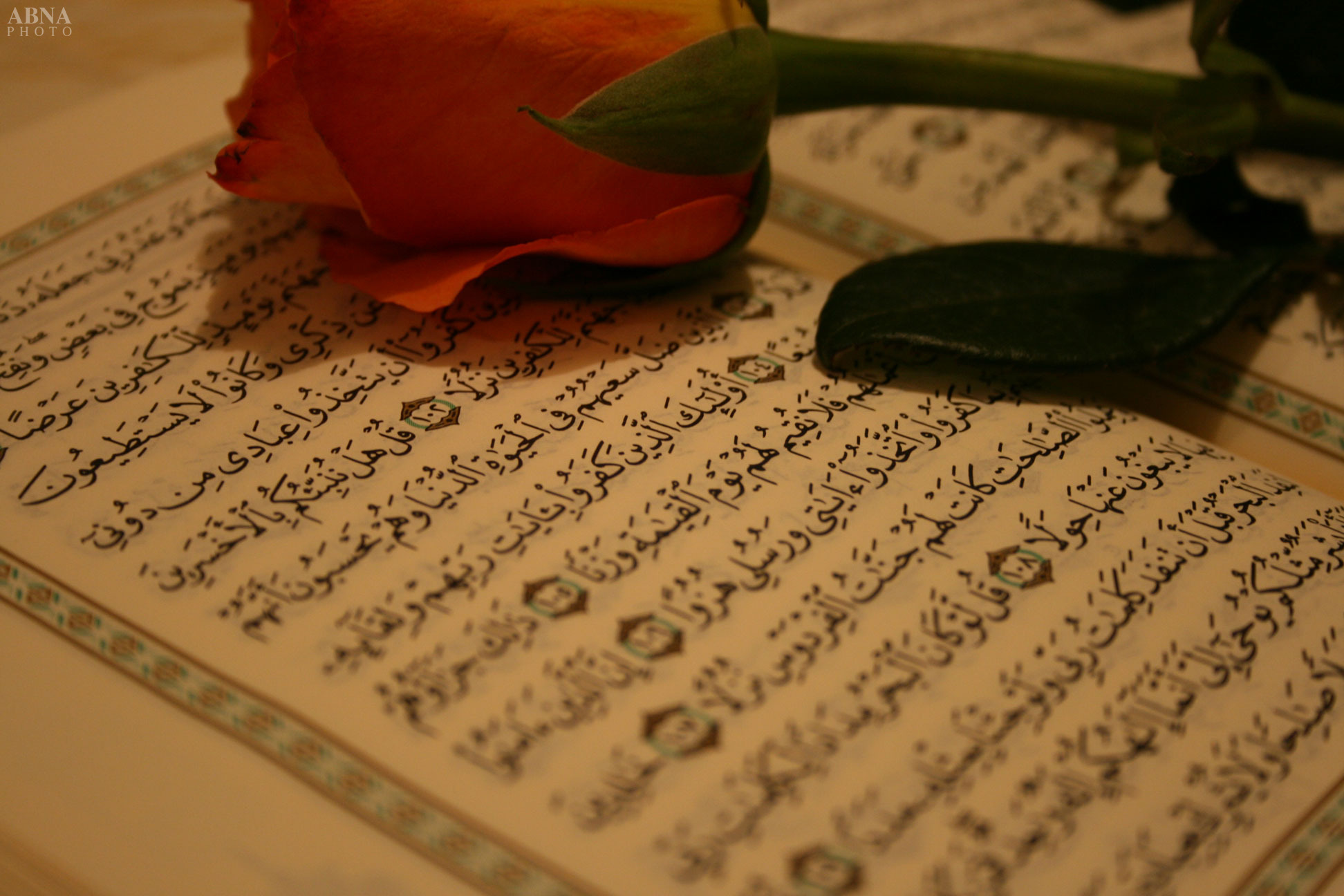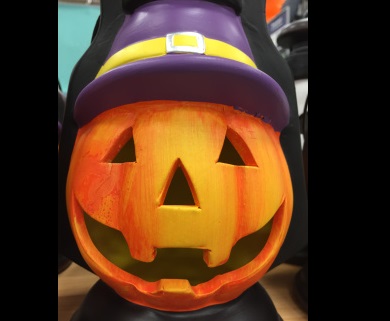Le Monde, France 24 and Le Nouvel Observateur covered Franco-Moroccan artist Majida Khattari’s Parisian runway show/art exhibit in April. Her show was titled “VIP” (for Voile islamique parisien) and took place at Paris’ Cité Universitaire. The show was atypical of Parisian shows in its choice of subject: a series of veils.
Le Monde, France 24 and Le Nouvel Observateur covered Franco-Moroccan artist Majida Khattari’s Parisian runway show/art exhibit in April. Her show was titled “VIP” (for Voile islamique parisien) and took place at Paris’ Cité Universitaire. The show was atypical of Parisian shows in its choice of subject: a series of veils.
Her choice of subject isn’t by accident. Since 1996, Khattari’s work has in some way related to veils of all kinds–and now, in the middle of the debate over France’s proposed “burqa ban,” her art is more relevant than ever. The show included patchwork veils, a burqa imprinted with the portrait of the wearer, a naked woman and a veiled woman on the same stage.
Khattari’s work plays on the ambiguity and ambivalence of the French public to all sorts of coverings. By adopting slogans adapted from marketing campaigns (the one in the title is a take-off on “J’adore Dior”) and putting veils front and center in her shows, she moves the debate out of politics and into the realm of art, which seems to be much more palatable to French people.
In France24, Khattari explains the reasoning behind her burqa-as-runway show: “I find that every time there is a crisis, the female body takes a hit, and I can’t help but ask myself questions about this phenomenon.” After this, the English and French versions of the France24 article differ: the French-language article has another quote from Khattari: “But the reality of the imprisonment of women’s bodies is not only related to the headscarf.” But the English-language article adds an explanatory phrase to this quote, just in case we weren’t clear before: “The artist was careful to point out that religion is not the only source of oppression of women.” (my emphasis) While it is a minor point of translation and doesn’t change the world of the article, why add it? My guess is that the headscarf debate is so common in French, people are used to headscarves being a visible part of the public debate, whereas in the English-speaking countries like the U.S. and the U.K., the headscarf debate isn’t a big deal, but religious freedom is.
Le Monde is quick to point out that Khattari is a “Muslim who never wore the veil,” and got another nice sound-bite out of the article about how she views the place of her work within the public debate. “More than the headscarf issue, the real problems are those of education for both young Muslims and some non-Muslims who are ignorant of the culture of the other. Furthermore, the attacks go back again and again to women. Women should be free to do what they want.”
You can also go to Belgium’s Het Laatste Nieuws to see photos of the show. This link contains images of nude models. The dozen or so comments on the post relate mainly to the nude models, with one commenter rightly mentioning that if you “combine veils with anything sensual or stimulating, the whole debate would be over.”) This was exactly the point of Khattari’s 2007 piece “Sexy Souks,” where the burqa-clad models wore frilly undergarments bought in Middle Eastern markets underneath their coverings.
In France (and Belgium for that matter, who recently became the first European country to enact a full face veil ban) it seems so easy to look at the veil as art, especially performance art (as was the case for my Un Voile article).
My question is, what do art shows really add to the debate? Is this the type of coverage that will make French people change their minds about head coverings?
Nicole Cunningham Zaghia is an American blogger based in Lausanne, Switzerland where she is an active member of the tech/social media community. She has blogged in French at the Lausanne Bondy Blog and currently blogs at Muslimah Media Watch, where this article was originally published.




